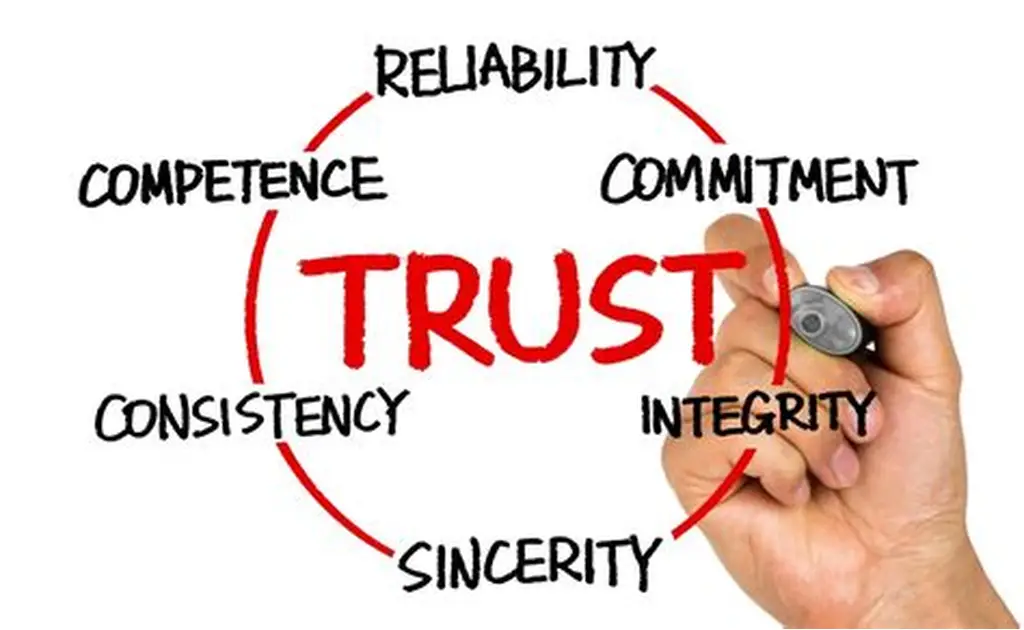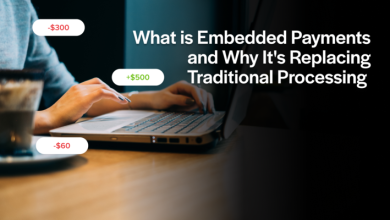
In an era where disinformation is spreading faster than facts and synthetic content can convincingly mimic reality, the need for verifiable digital trust has never been more urgent. Whether it’s authenticating the origin of products, verifying identity, or ensuring data integrity across supply chains, today’s digital world demands infrastructure that can prove what’s real – and expose what isn’t.
This is where blockchain meets Overlay networks.
As blockchain continues to redefine how we verify truth in a decentralised digital environment, Overlay networks are emerging as the quiet powerhouse enabling this transformation at scale. By enhancing blockchain’s performance, reach, and resilience, overlay networks are setting the stage for trust-as-a-service – a paradigm shift for industries, institutions, and entire nations.
The Invisible Backbone: What Are Overlay Networks?
To understand the role of Overlay networks, imagine the internet as a complex web of physical cables, routers, and switches – this is the underlay. But this traditional infrastructure was never designed to support the demands of decentralised data verification, real-time provenance tracking, or cross-border digital identity.
Overlay networks operate as virtual layers above the internet’s physical framework. They build logical pathways that route data more efficiently and securely, bypassing many of the constraints of conventional infrastructure. In the blockchain world, these virtual routing systems are critical for ensuring that data flows reliably across a distributed ledger system – without latency, bottlenecks, or vulnerability.
More than just a performance upgrade, Overlay networks empower blockchain to deliver digital trust at scale.
Scaling Truth in the Digital Age
As blockchain use cases expand across global trade, media, finance, and governance, the issue of scale becomes paramount. How can thousands – even millions – of transactions be verified across borders, industries, and jurisdictions, while still preserving transparency and trust?
Overlay networks provide the answer. Their ability to dynamically manage bandwidth, reduce latency, and enable more nodes to communicate efficiently makes it possible for blockchain systems to maintain integrity without sacrificing performance.
This is especially vital in fields like supply chain traceability, where every data point – such as origin, handling, certification, and delivery – must be not only recorded but verified in real time. Overlay networks ensure that these entries move swiftly and securely across a distributed system, enabling provenance you can trust from source to shelf.
 [H2] Rebuilding Trust in Media and Identity
[H2] Rebuilding Trust in Media and Identity
The summit of our digital challenges lies in trust – particularly in an age of AI-generated misinformation and identity fraud. Overlay networks enable blockchain systems to combat these issues head-on by supporting verifiable identities, immutable records, and content provenance.
For instance, overlay-enhanced blockchains can support systems that timestamp and hash media files at the moment of creation. Whether it’s a photojournalist capturing a crisis or a company issuing a press release, their content can be permanently anchored to a blockchain in real time. Overlay networks ensure that this verification happens swiftly and efficiently, even at a global scale.
This is a game-changer in combatting deepfakes and digitally altered narratives. If blockchain provides the ledger of truth, Overlay networks ensure it’s always accessible, responsive, and resilient.
Building Trust-as-a-Service for the Real World
Governments and enterprises alike are now recognising the strategic value of integrating blockchain-based trust into their digital infrastructure. From verifying identities for public services to issuing digital certificates and licenses, trust-as-a-service is becoming an essential utility for modern governance and commerce.
Overlay networks play a crucial role in this evolution. By facilitating seamless communication between nodes, managing service availability, and enabling cross-chain data exchange, they create the conditions for blockchain systems to operate reliably in high-stakes, high-scale environments.
More importantly, they allow trust systems to adapt in real time, ensuring continuity in everything from smart contracts to regulatory compliance. This responsiveness makes blockchain not only more robust but ready for enterprise and institutional adoption.
Overcoming the Challenges of Scaling Trust
Despite their power, Overlay networks face hurdles that must be addressed to realise their full potential. Ensuring user privacy while maintaining traceability, adapting to dynamic network conditions, and enabling interoperability between disparate blockchain ecosystems are just a few of the ongoing challenges.
Yet this is where the most exciting innovation is happening. Researchers are exploring zero-knowledge proofs for privacy-preserving overlays, adaptive algorithms for routing efficiency, and standardised interfaces for cross-chain provenance. The emerging era of Teranode is a prime example of resource-efficient overlays built to handle vast volumes of verified data – without compromising trust.
Overlay networks are not just a technical layer – they are an architectural shift toward a more transparent, accountable, and verifiable digital world.
Discover the Infrastructure of Truth at the London Blockchain Conference
If you’re serious about the future of digital trust – whether you’re in supply chain, finance, identity management, media, or government – then you need to understand the role of overlay networks in making that future real.
Join the premier blockchain event of the year, the London Blockchain Conference, taking place 22–23 October at Evolution London, and dive deep into the infrastructure powering trust, security, and provenance at scale. Explore real-world implementations, hear from global thought leaders in regulation and technology, and see how blockchain is being applied to redefine what’s real in the digital world.
From keynote sessions like The Trust Revolution to use cases in product authentication, deepfake detection, and compliance tracking, this is your opportunity to engage with the leaders shaping the next chapter of blockchain innovation.

 [H2] Rebuilding Trust in Media and Identity
[H2] Rebuilding Trust in Media and Identity


